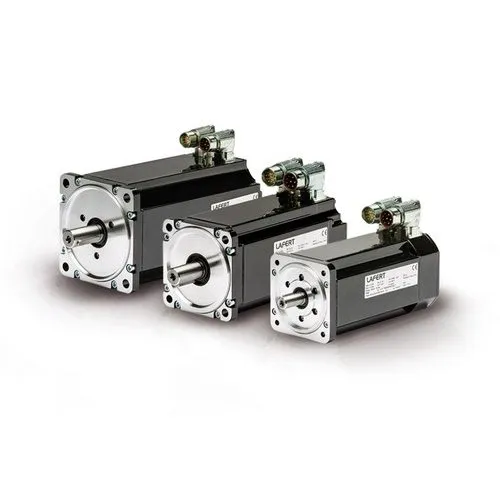
How to Calculate the RPM of a Motor
RPM Calculator
-
No Load RPM
-
Frequency (Hz)
-
Number of Poles
-
Slip (RPM)
-
Actual Rated RPM
-
Desired Synchronous RPM
Working Principle of Electric Motors
An electric motor transforms electrical energy into mechanical energy based on the principle of electromagnetism. When a current-carrying conductor is placed in a magnetic field, it experiences a mechanical force. The motor’s rotating shaft—driven by these electromagnetic forces—powers equipment across industrial and commercial applications.
Key components of electric motors:
-
Stator: Stationary magnetic field source
-
Rotor (Armature): Rotating component with wound copper wires
-
Commutator: Reverses current direction for continuous rotation
Motors operate by aligning opposite poles and repelling like poles of magnetic fields, causing the shaft to spin. The rotation depends on steady electric current and proper magnetic interactions.
What Is Motor RPM?
RPM stands for Revolutions Per Minute and measures how many full rotations the motor’s shaft completes in one minute.
For AC motors, RPM is determined by:
-
Line frequency (Hz)
-
Number of stator poles
For DC motors, RPM depends on:
-
Input voltage
-
Magnetic field strength
-
Armature winding configuration
Important: Exceeding or mismatching voltage/frequency can cause magnetic core saturation and overheating. Always maintain a proper voltage-to-frequency ratio.
RPM Calculation Formulas
1. No-load (Synchronous) RPM:RPM = (120 × Frequency) / Number of Poles
2. RPM Slip:RPM Slip = Synchronous RPM - Actual Full-load RPM
3. Slip Percentage:Slip (%) = ((Synchronous RPM - Rated RPM) / Synchronous RPM) × 100
4. Full-load RPM:Full-load RPM = Synchronous RPM - RPM Slip
5. Synchronous Frequency Calculation:Frequency = (RPM × Number of Poles) / 120
Examples
Example 1: 60Hz, 4-pole AC motorSynchronous RPM = (120 × 60) / 4 = 1800 RPM
Rated RPM = 1725 → RPM Slip = 1800 - 1725 = 75 RPM
Example 2: 60Hz, 2-pole motor with 150 RPM slip
Synchronous RPM = 3600 RPM
Full-load RPM = 3600 - 150 = 3450 RPM
Common No-load and Full-load Speeds (at 60 Hz)
-
2-pole: 3600 / 3450 RPM
-
4-pole: 1800 / 1725 RPM
-
6-pole: 1200 / 1175 RPM
-
8-pole: 900 / 850 RPM
-
12-pole: 600 / 575 RPM
-
16-pole: 450 / 425 RPM
Regulating AC Motor RPM
Use a Variable Frequency Drive (VFD) to alter the motor frequency and control RPM:
s = (120 × f) / P Where:
-
s = synchronous RPM
-
f = frequency (Hz)
-
P = number of poles
Example: To reach 1500 RPM with a 4-pole motor:f = (1500 × 4) / 120 = 50 Hz
Increasing the number of poles reduces RPM and improves torque.
Why RPM Matters
-
Performance & Sizing: Helps evaluate motor suitability for torque and power output.
-
Efficiency: Accurate RPM leads to optimal mechanical performance.
-
Graphing Curves: Needed to generate torque-speed curves for motor control.
-
Back EMF Estimation: Required to calculate counter-electromotive force (CEMF).
-
Power Output:
Power (W) = Torque (Nm) × RPM × 0.10472
Example: Torque = 3.6 Nm, RPM = 2000 →Power = 3.6 × 2000 × 0.10472 = 754 W
Changing RPM to 3450 →Power = 3.6 × 3450 × 0.10472 = ~1301 W
Conclusion
Understanding and calculating RPM is critical in selecting, installing, operating, or maintaining electric motors. Whether you're sizing equipment or regulating performance, knowing how to compute and control motor speed ensures better outcomes in efficiency, reliability, and cost savings.
For assistance with motor selection or troubleshooting, contact PLG Automation at:
-
Email: sales@plgautomation.com
-
Phone: 800-906-9271
